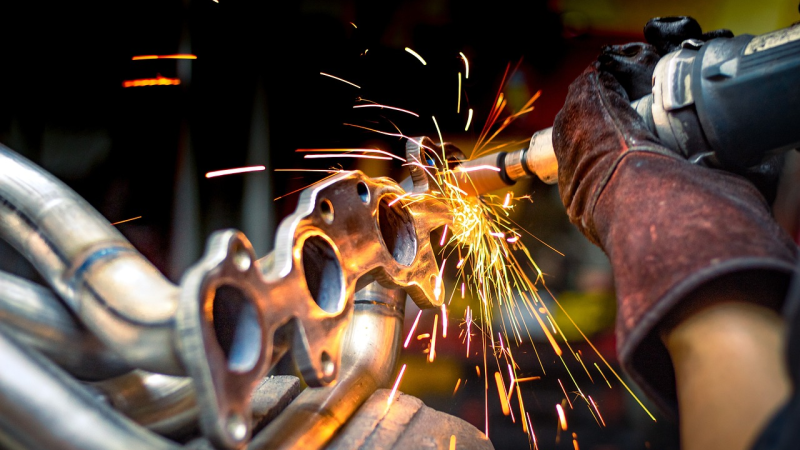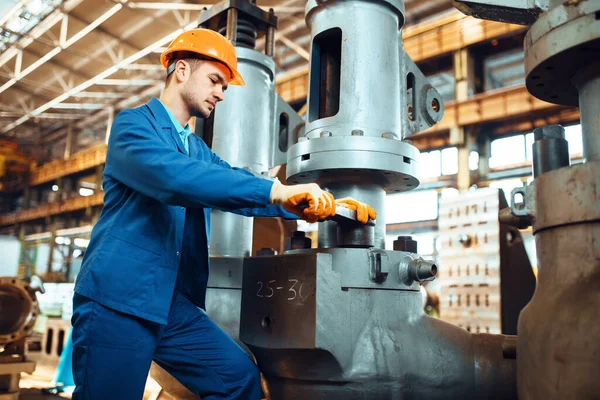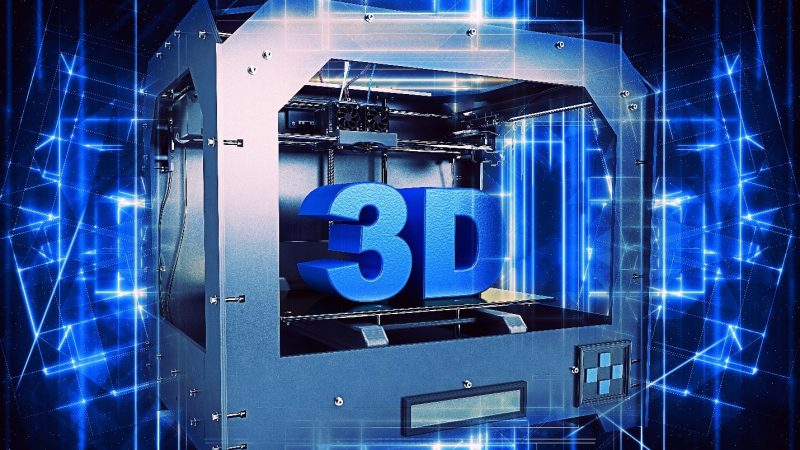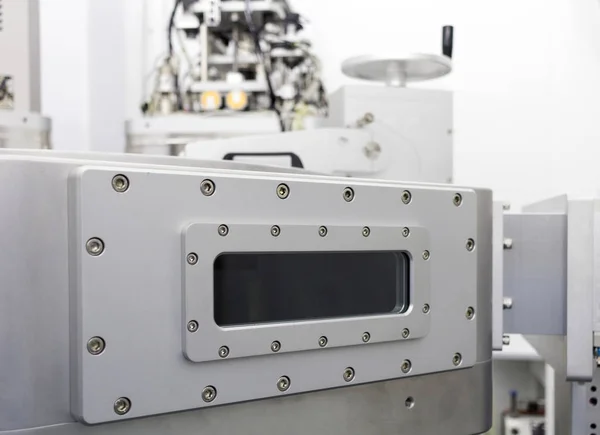Transforming Industrial Efficiency with Laser Cleaning
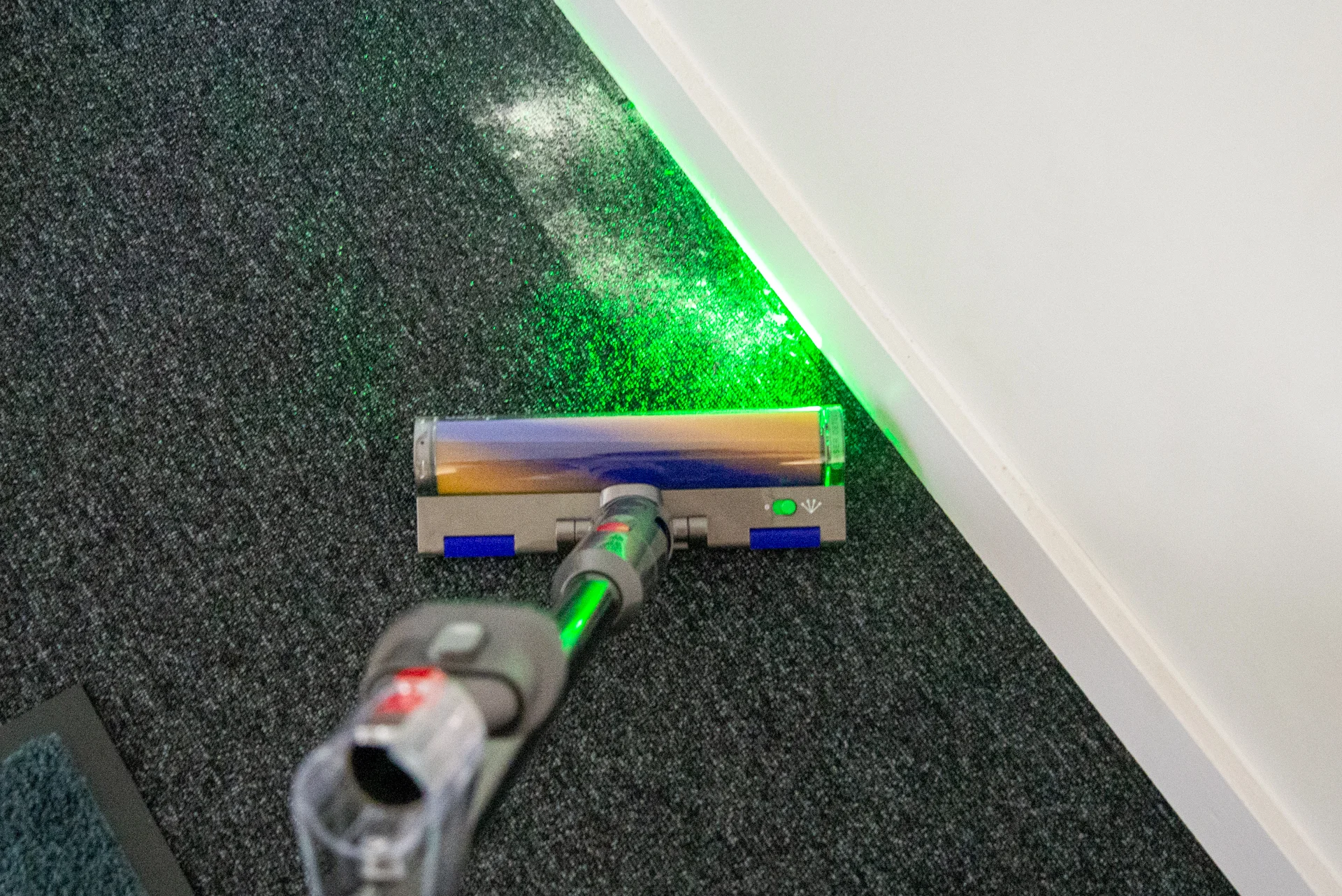
Imagine having a tool that can clean any surface swiftly, thoroughly, and environmentally friendly. A tool that embodies the future of industrial processes. Welcome to the world of laser cleaning! Laser cleaning is an innovative technology that employs concentrated beams of light to remove contaminants such as rust, paint, and oil from surfaces. It stands as an alternative to traditional cleaning methods, such as abrasive blasting or chemical use, heralding a new era in industrial processes. But what makes this technology such a game-changer?
The Operational Principle of Laser Cleaning
At the heart of laser cleaning is the concept of laser ablation. Laser ablation involves the removal of material from a solid (or occasionally liquid) surface by irradiating it with a laser beam. This beam interacts with the surface contaminants, vaporizing or blowing them away, leaving behind a clean, untouched base material.
The Distinct Types of Laser Cleaning
Laser cleaning falls into two main categories:
Non-ablative laser cleaning: This method gently cleans the surface by removing the contaminants without altering the substrate. It’s perfect for sensitive or historical materials.
Ablative laser cleaning: Here, the laser cleaning machine removes not only the contaminants but also a thin layer of the substrate. It is used when a surface preparation or a more profound cleaning is needed.
How Laser Cleaning Enhances Industrial Efficiency
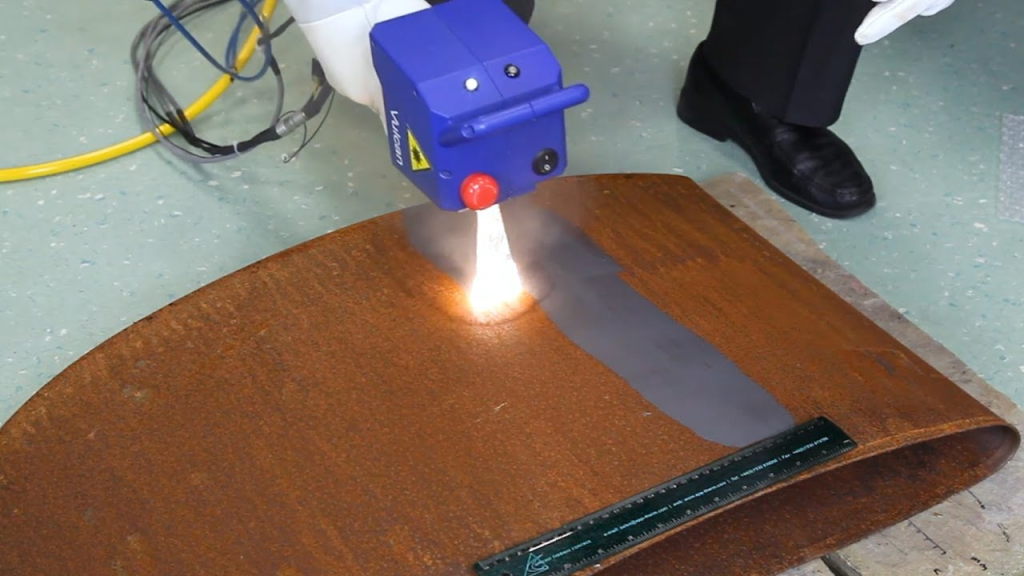
In a world where industries seek to optimize operations and reduce environmental impact, laser cleaning has emerged as an essential technology. Here’s why:
Efficiency and Precision
Traditional cleaning methods often leave residues, cause surface degradation, or require significant human intervention. On the contrary, laser cleaning provides superior precision. It targets only the contaminant layer, preserving the integrity of the base material. Moreover, it reduces the need for rework, making the entire process more efficient.
Versatility
Laser cleaning shines in its ability to adapt to a wide range of surfaces and contaminants. Whether it’s removing rust from a steel beam, paint from a car part, or biological growth on a historic monument, laser cleaning can handle it all. Its flexibility enhances productivity by reducing the need for multiple cleaning tools or methods.
Environmental Considerations
In an age where sustainability is paramount, industries need eco-friendly solutions. Unlike abrasive blasting or chemical cleaning, laser cleaning generates no secondary waste, harmful fumes, or chemical residues. The only by-product is the removed material, which can be easily collected and disposed of.
Health and Safety Benefits
Laser cleaning significantly reduces the risk of injuries related to manual cleaning methods. As it is a non-contact process, workers are protected from harmful dust and particles. Also, it diminishes the use of hazardous chemicals, creating a safer working environment.
Cost-Effectiveness
Although the upfront cost of a laser cleaning system may be substantial, the long-term savings are notable. Reduced rework, lower maintenance costs, decreased downtime, and longer lifespan of the cleaned items contribute to a strong return on investment.
The Impact of Laser Cleaning on Various Industries
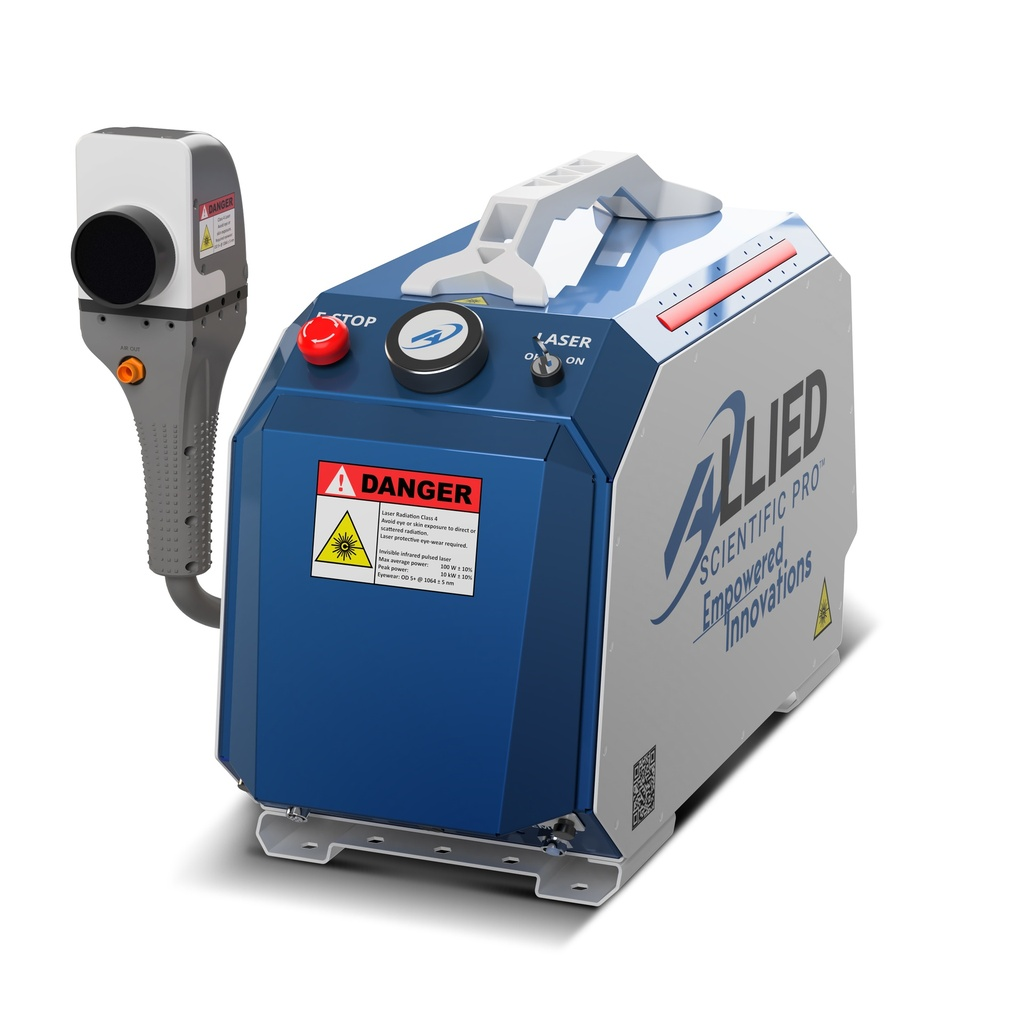
Laser cleaning is not confined to a single industry but finds its usefulness in a plethora of applications.
Aerospace and Aviation
In these sectors, precision is critical. Laser cleaning offers accurate and rapid removal of coatings, corrosion, or residues from aircraft components, ensuring optimal performance and safety.
Automotive Industry
From de-rusting car parts to pre-treatment before welding, laser cleaning streamlines automotive manufacturing processes, reduces cycle time, and increases the quality of the final product.
Historic Restoration and Conservation
Preserving cultural heritage requires delicate cleaning techniques. Laser cleaning, with its non-ablative method, effectively removes dirt, soot, or biological growth from historic monuments, sculptures, or artifacts without causing any damage.
Power Generation
Whether it’s removing oxides from turbine blades or clearing fouling from heat exchanger tubes, laser cleaning contributes to the efficiency of power plants by ensuring optimal performance of the equipment.
Maritime Industry
In the maritime sector, laser cleaning is used for maintenance and preservation tasks, such as removing barnacles from ship hulls or treating corrosion. The result is a ship that’s in better condition, safer, and more efficient.
The Future of Laser Cleaning in Industrial Processes

With industries increasingly embracing clean technologies, the future of laser cleaning looks promising. As it stands, laser cleaning technologies are already being enhanced to meet more specific needs. For example, researchers are exploring the use of pulsed laser systems for more efficient heat management and the development of automated systems for larger scale cleaning projects.
Furthermore, as awareness about the environmental impact of industrial activities grows, regulations are expected to become stricter. Laser cleaning, with its environmental and health benefits, is well-positioned to become a standard in many industries.
Wrapping It Up: The Power of Laser Cleaning
In conclusion, laser cleaning has significantly improved the efficiency of industrial processes. By delivering precision, versatility, and safety while being environmentally friendly and cost-effective, it has proven to be a transformative technology. As it continues to evolve and adapt to a variety of applications, the value of laser cleaning to the industrial world will only continue to increase.
From aerospace and aviation to power generation and maritime, industries are harnessing the power of laser cleaning to optimize their operations, enhance safety, and reduce environmental impact. With the ongoing enhancements and growing recognition of its benefits, laser cleaning is poised to play a pivotal role in shaping the future of industrial processes.

